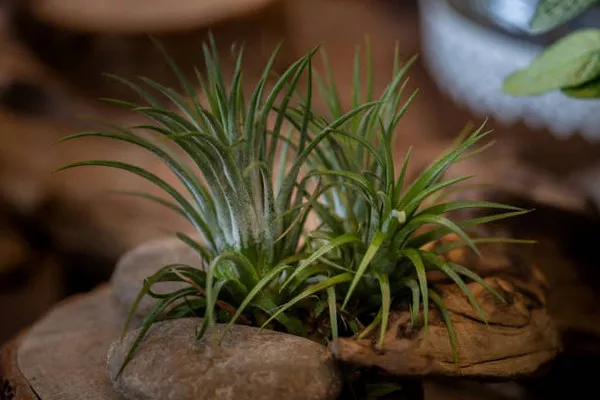Alliums, a diverse genus encompassing onions, garlic, leeks, and ornamental flowers like chives and garlic chives, have captivated gardeners for centuries. While many enthusiasts revel in the beauty of allium flowers, the journey from seed to bloom remains a fascinating and often enigmatic process. In this comprehensive article, we will delve into the intricacies of allium seeds, exploring the factors influencing their germination and growth, and shedding light on the time it takes for these seeds to transform into the stunning floral displays that grace gardens worldwide.
The Alluring Allium Family
Before delving into the intricacies of allium seed germination, it’s crucial to appreciate the diversity within this botanical family. Alliums boast a wide array of species, each with its unique characteristics and requirements. From the pungent aroma of culinary alliums to the delicate allure of ornamental varieties, the allium family captures the imagination of gardeners with its versatility.
Seed Germination: The Genesis of Growth
Understanding the timeline for allium seeds to flower begins with the germination process. Allium seeds, like those of many plants, require specific conditions to awaken from dormancy and initiate growth. Soil quality, temperature, moisture levels, and light exposure all play pivotal roles in determining the success of germination.
The Role of Soil Composition
The foundation for successful allium seed germination lies in the soil composition. Alliums thrive in well-draining soil with a slightly acidic to neutral pH range. Exploring the characteristics of the ideal soil mix and the impact of soil health on seed germination will provide valuable insights for gardeners aiming to cultivate flourishing alliums.
Temperature: A Crucial Catalyst for Germination
Temperature serves as a crucial catalyst in the germination journey of allium seeds. Different species within the allium genus exhibit distinct temperature preferences, influencing the speed and success of germination. Examining the optimal temperature ranges for various allium species will equip gardeners with the knowledge needed to create the ideal growing conditions.
Navigating Moisture Levels
Balancing moisture levels is a delicate dance in the germination process. Allium seeds require consistent, yet not excessive, moisture to sprout successfully. Delving into the impact of water availability on germination rates and exploring effective watering strategies will empower gardeners to foster optimal conditions for allium seedlings.
The Dance of Light: Understanding Photoperiod Requirements
Light, a fundamental element for photosynthesis, holds significance in the germination process. Alliums, like many plants, exhibit specific photoperiod requirements that influence their growth. Unraveling the role of light in allium seed germination and understanding how to provide adequate illumination will contribute to a successful germination experience.
From Germination to Vegetative Growth
As allium seeds overcome the hurdles of germination, they embark on a journey of vegetative growth. This phase marks the development of robust seedlings, preparing them for the eventual transition to the flowering stage. Exploring the factors influencing vegetative growth and understanding the nuances of nurturing allium seedlings will set the stage for the spectacular bloom that lies ahead.
Transitioning to Flowering: Patience Rewarded
The transition from vegetative growth to flowering is a testament to the patience and dedication of the gardener. While the duration varies among different allium species, commonalities exist in the factors influencing the time it takes for allium seeds to flower. Examining these factors will provide valuable insights into managing expectations and optimizing conditions for a bountiful bloom.
Species-Specific Considerations
Diving into the specific requirements of individual allium species unveils the intricate tapestry of factors influencing flowering times. From the compact clusters of Allium schoenoprasum to the towering globes of Allium giganteum, understanding the unique characteristics of each species is paramount for successful cultivation. This section will guide gardeners through the diverse world of alliums, shedding light on the distinctive attributes that shape their flowering timelines.
Environmental Influences on Flowering Times
Beyond species-specific considerations, environmental factors exert a significant impact on the time it takes for allium seeds to flower. Temperature fluctuations, soil conditions, and light availability during the vegetative growth phase all contribute to the eventual flowering timeline. Analyzing these influences will empower gardeners to adapt cultivation practices to the dynamic nature of their growing environment.
Cultivation Strategies for Accelerating Flowering
For those eager to witness the vibrant blooms of their alliums sooner rather than later, strategic cultivation approaches can be employed. This section explores techniques such as pre-soaking seeds, providing optimal growing conditions, and utilizing growth-promoting supplements. By incorporating these strategies, gardeners can potentially expedite the flowering process while ensuring the health and vitality of their allium plants.
Conclusion
In the realm of horticulture, the journey from allium seed to flower is a captivating saga of patience, understanding, and meticulous care. As we’ve navigated the intricacies of allium seed germination and flowering, it becomes evident that each stage is a testament to the symbiotic relationship between nature and the gardener. Armed with knowledge about soil composition, temperature preferences, moisture requirements, and species-specific nuances, enthusiasts can embark on a rewarding journey, cultivating alliums that grace gardens with their breathtaking beauty. In the realm of alliums, time is not merely a measure of duration; it is a canvas upon which the gardener paints a masterpiece of botanical artistry.


